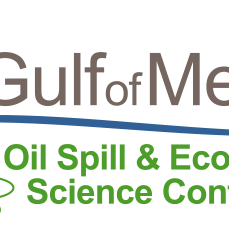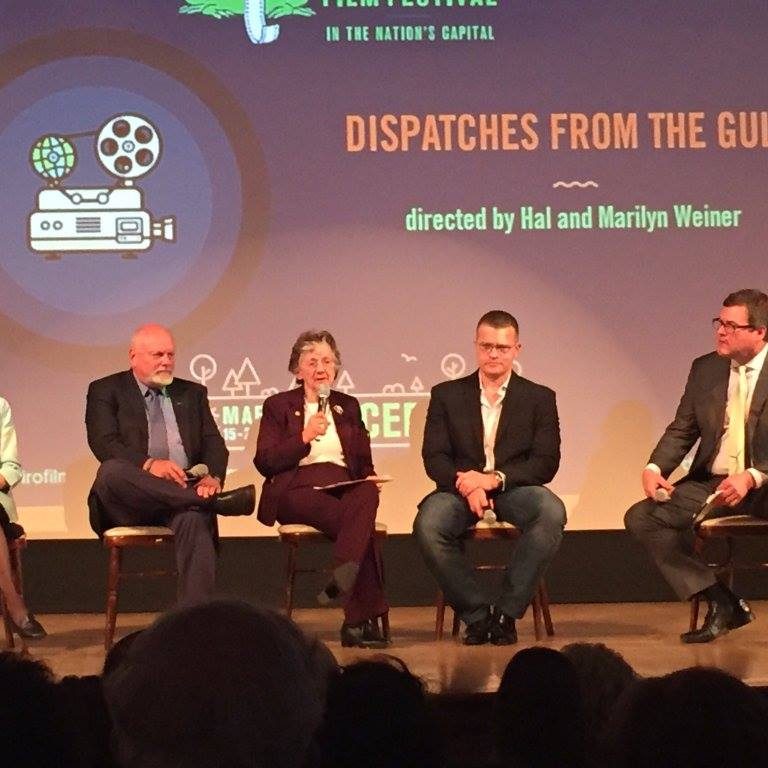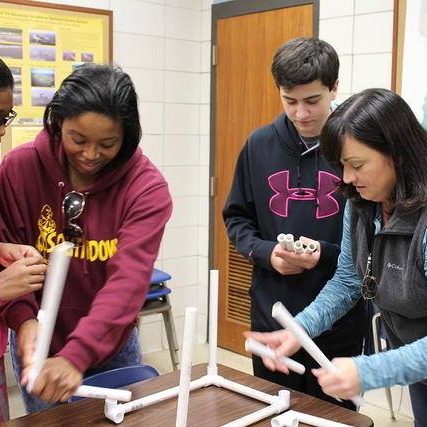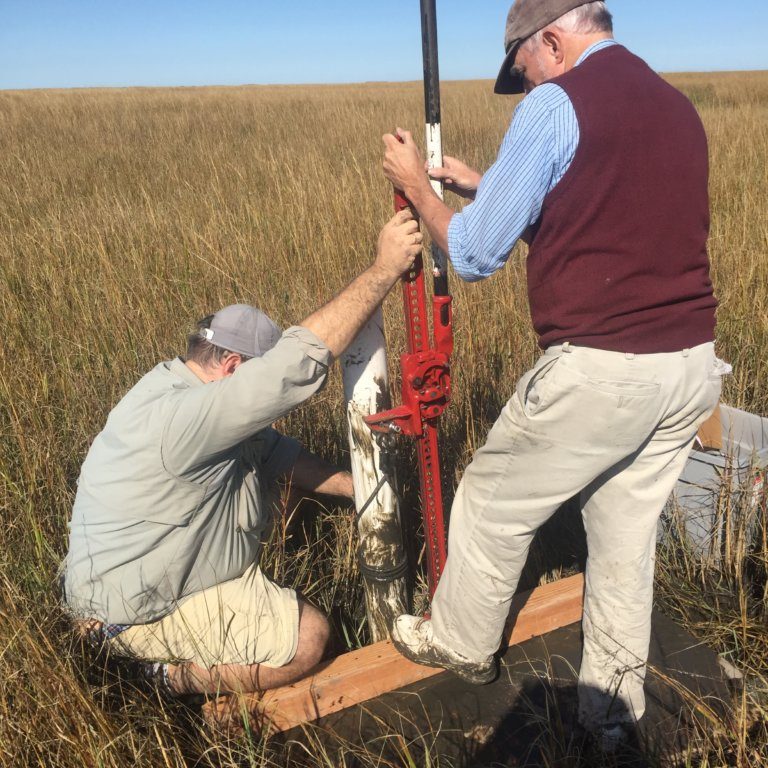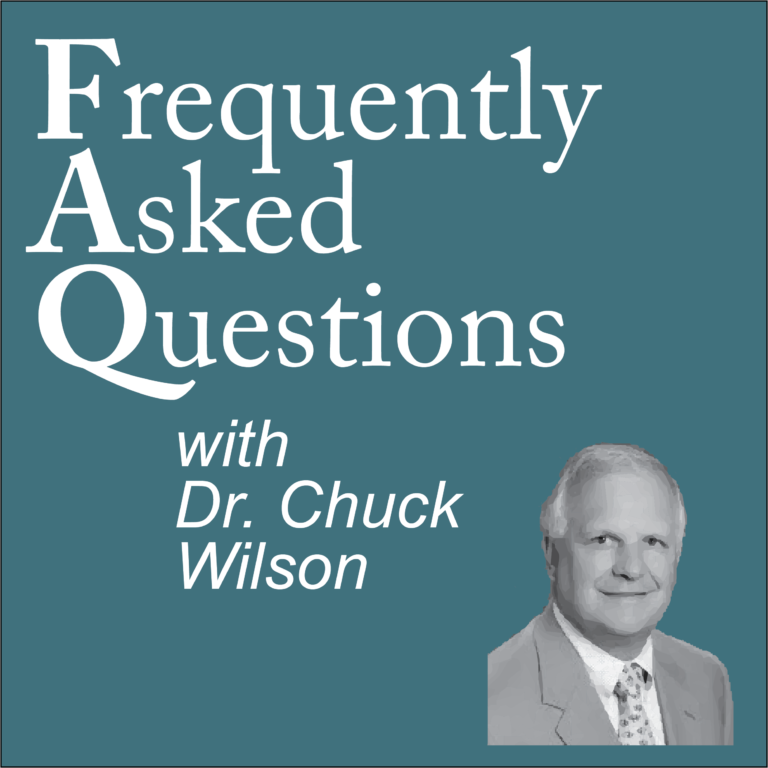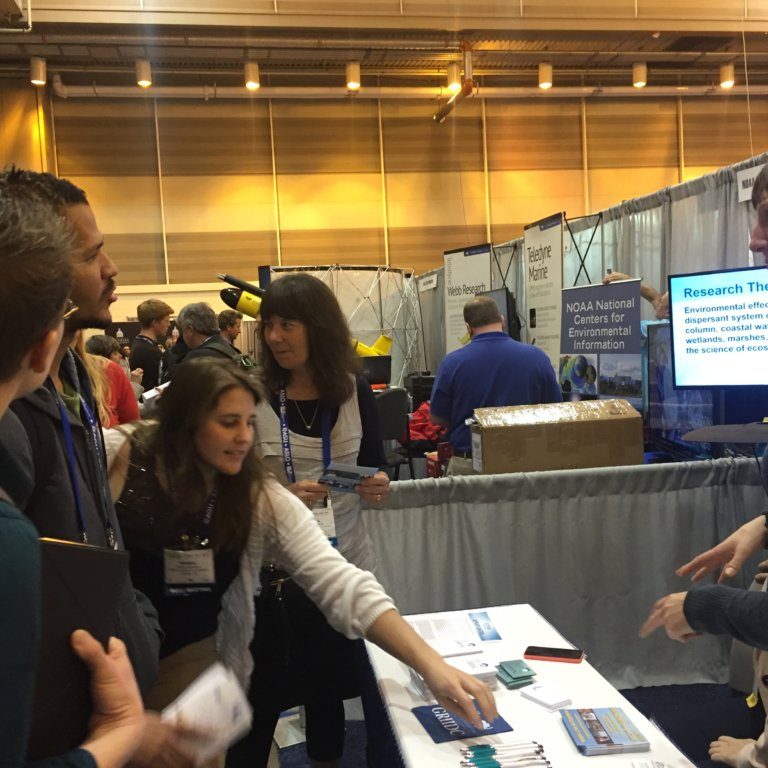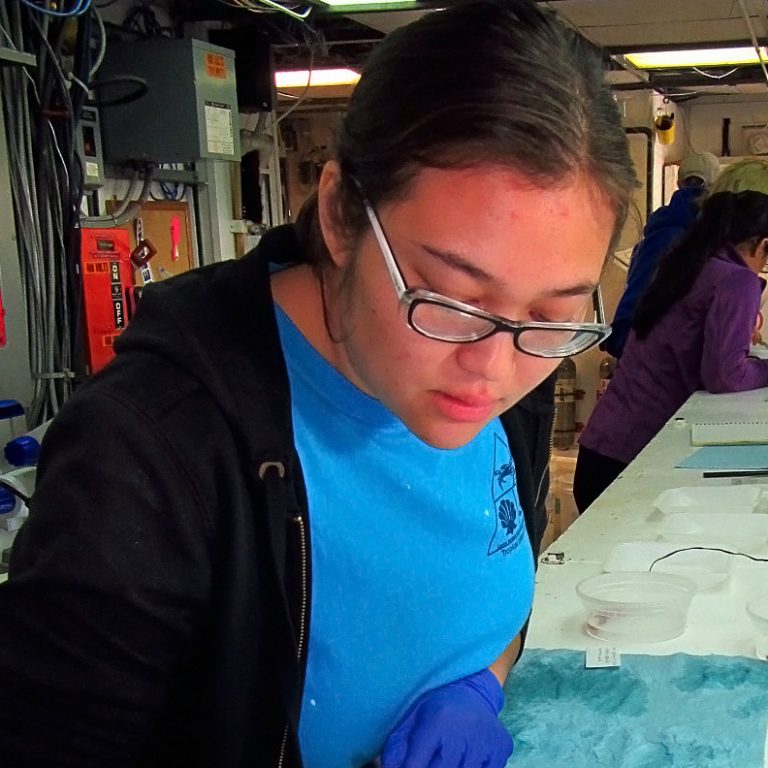Oil Spill Scientists and GoMRI Community Gather in Tampa
Oil Spill Scientists and GoMRI Community Gather in Tampa – MARCH 31, 2016 (From Spring 2016 Newsletter) This year’s Gulf of Mexico Oil Spill and Ecosystem Science Conference took place from February 1-4, 2016 at the Tampa Marriott Waterside in Tampa, Florida. More than 975 people from 16 countries, including the U.S., participated in the…

